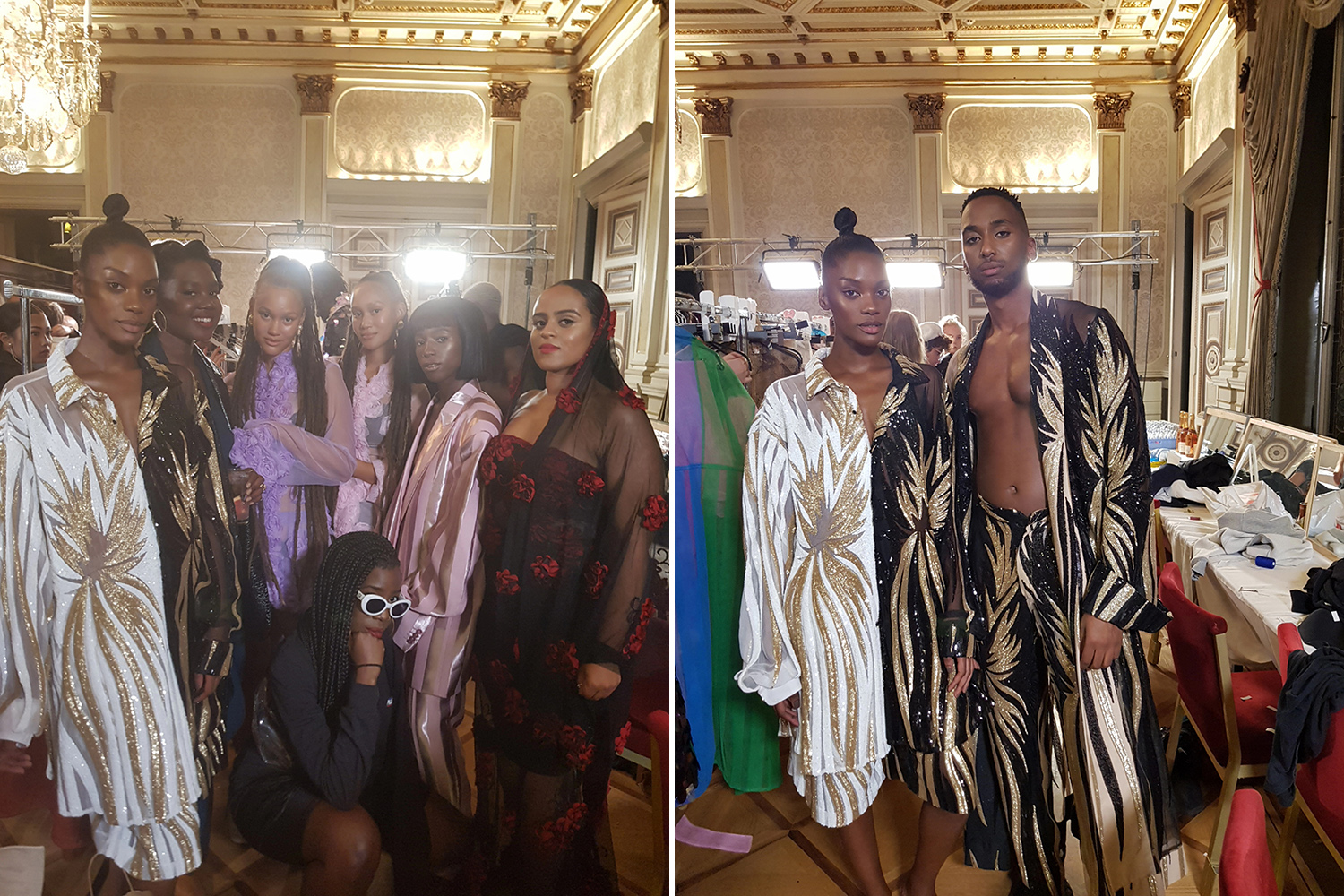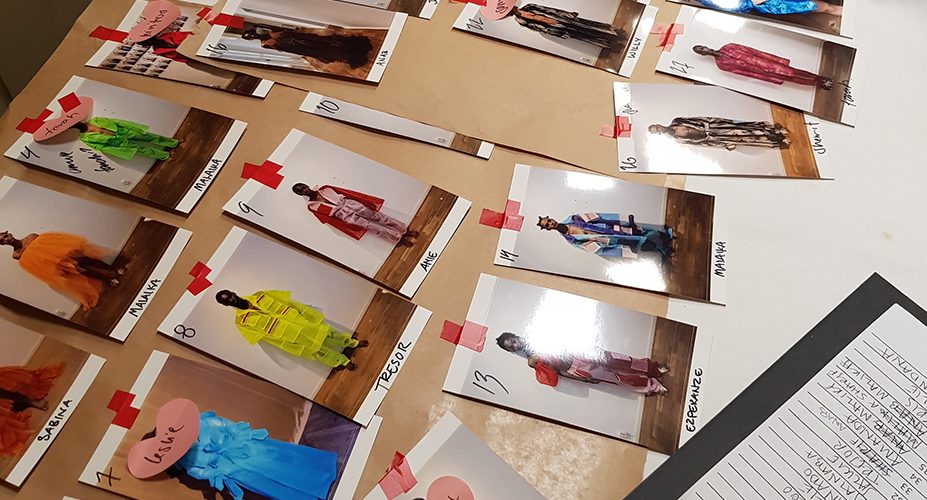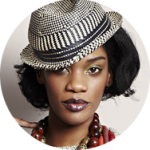2018 was easily one of the most difficult but rewarding years of my life both privately and professionally, with all manner of important events including meeting the Nobel Peace Prize winner Dr. Denis Mukwege; attending Ms. Lauryn Hills “Miseducation” 20th anniversary concert; interviewing the cast of “HÄR”; as well as modelling for fashion designer and stylist Selam Fessahaye.
Following a much-needed break to recuperate and focus on my health, I am now slowly but surely getting back to business and eager to share some of those amazing moments with our KRULL readers. Hence, during the whole month of February I’ll recapitulate the eventful year of 2018, while reviewing some of the highlights in fashion, music, culture and politics.
Now, with the Elle Gala newly over and Stockholm Fashion Week just around the corner, it is only natural to start with looking back at one of last year’s fashion highlights. Let’s go!
Recap 1: Stockholm Fashion Week S/S 2019
During the summer of 2018, I had the pleasure to attend Stockholm Fashion Week Spring/Summer 2019, both as a model and a fashion show invitee. True to form, there was glitz and glamour. Designers, models, fashionistas, bloggers, socialites, photographers, influencers and more, all gathered in their most exquisite and impeccable outfits at the Grand Hôtel in Stockholm, home to superstars, exclusive events and everyday bon-vivants since 18741.
While this may sound quite superficial to some, those three days involved more than simply indulging in a parade of next season’s clothes and fashion networking. Through the lenses of both an on and off runway participant, I could not help but notice that Fashion Week S/S 19 mirrored a glimpse of the ongoing social, political and cultural debate. As underrepresented groups have been relentlessly vocal about the need to broaden representation, diversity and inclusion have become real buzzwords in the fashion industry, causing a well overdue but steady focus on discussing potential solutions to tackle this seemingly chronic deficiency. I asked myself: why now and not before? Is the industry suddenly more conscious of what the absence of representation might mean for excluded groups? Is it realizing the benefits of creating a more inclusive and diverse culture for its own interest? Or has it simply been unwilling to change its rather monolithic and conformist organization?
Regardless of the reason behind this shift in emphasis for a democratization of the fashion industry, it was clear that the Spring/Summer 2019 runway shows casted more models of colour in comparison to prior years, or as my now retired model friend stated, “during my modelling days, one, maximum two, models of colour would get booked”. Behind the scenes however, the situation was different. Decision-making positions were in large part, still held by the same homogenous demographic group. The gateway to full representation was regrettably still narrow, even though talks on diversity and inclusion surged in the months leading up to fashion week. Nonetheless, one show managed to completely break the stranglehold of fashion uniformity. Selam Fessahaye, celebrity stylist and costume designer, powerfully debuted her first collection, with intricate designs, bright vibrant colour and an incredibly diverse and inclusive team. It was so revolutionary that I am still processing being part of Swedish fashion history months later. Every single aspect of the production, from casting, hair & make-up, styling, photographers, to models, all included mostly people of colour. By intentionally breaking the chains of conformity, it transformed the playing field for upcoming fashion weeks. I am therefore more than excited to see what this season’s fashion week has in store in terms of diversity and inclusion, both on and off stage. Stockholm Fashion Week Autumn/Winter 2019, we are ready!
– Espérance Bo

from left to right: me, stylist Pamela Norah @pamelanorah, model sisters Elizabeth/Victoria Lejinhjärta @lejonhjerta, singer Sabina Dumba @sabinaddumba, singer Seinabou Sey @seinabosey and fashion freelancer Ann Valerie Mbalire @annvalerie; with one of the Bennett twins @benett.vv




